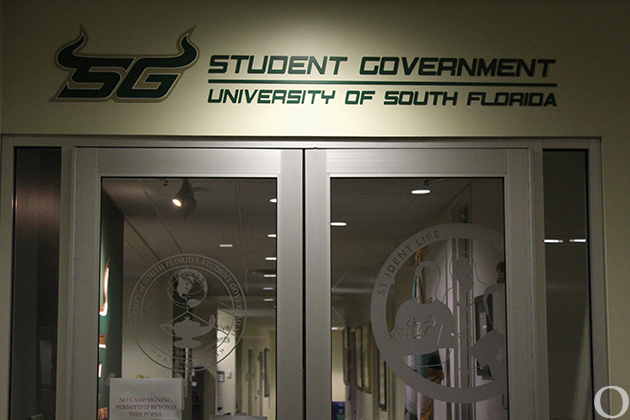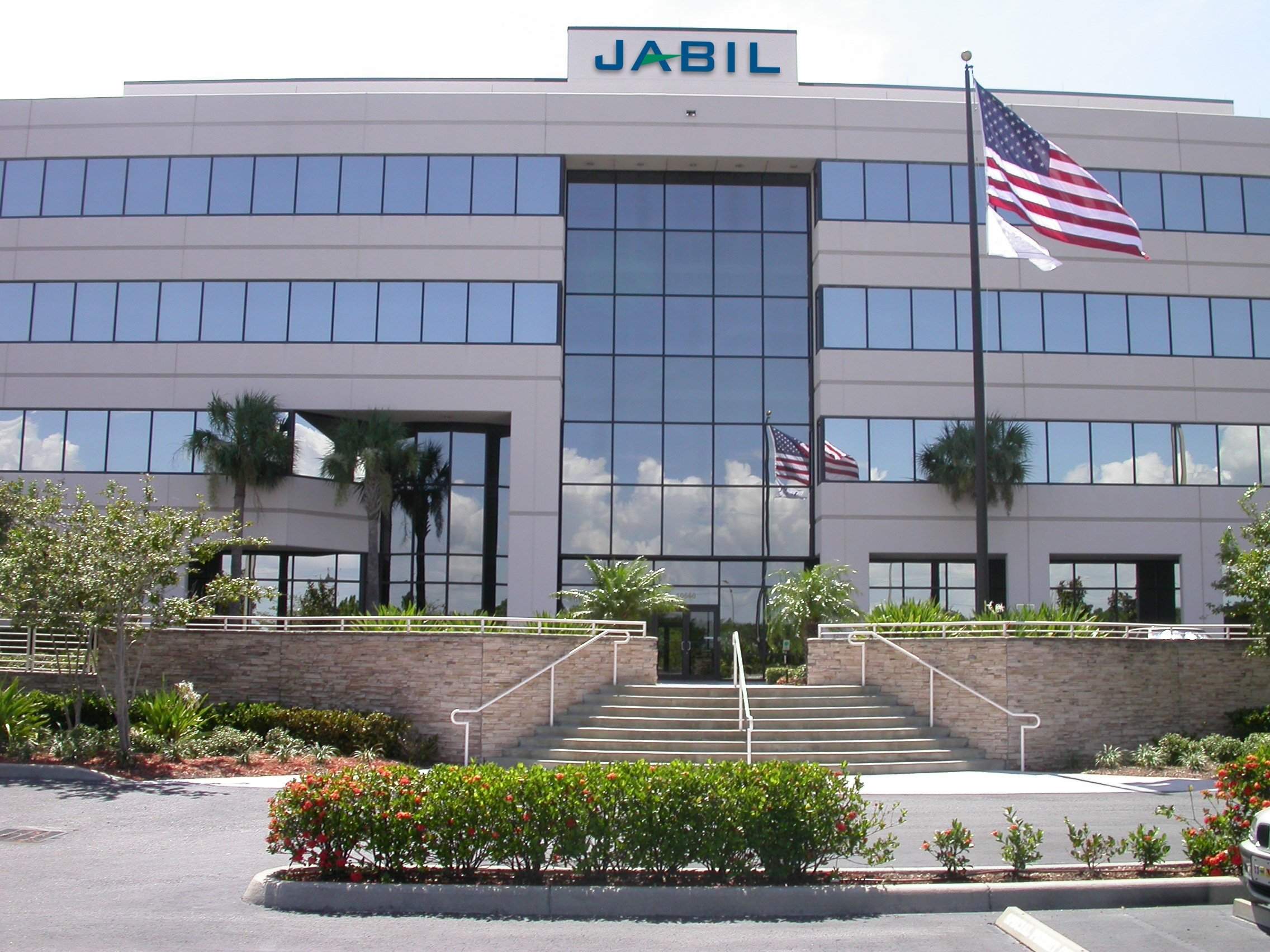USF graduate helps engineer for NASA
Set to arrive as early as Oct. 6, NASA’s Lunar Atmosphere and Dust Environment Explorer (LADEE) plans to collect data about the chemical makeup of the moon.
The spacecraft, launched from Wallops Flight Facility on Wallops Island, Va. on Sept. 6, carries with it various scientific instruments, power supplies, communications devices and also a small piece of USF.
The craft will explore the chemical makeup of the moon’s atmosphere and surface dust to see what it reveals about the history of the moon.
“Earth’s atmosphere is critically important to us,” NASA said in a press release. “In order to understand Earth’s atmosphere and how it works, it is essential to study atmospheres under a wide range of conditions beyond earth…Fortunately, the moon is in our own celestial ‘backyard.'”
USF alumna Francy Sinatra was part of the small group of engineers responsible for manufacturing one of the scientific instruments to be used during the mission.
“This was the first time the team I work with had a high-risk, low-budget, short timeline-type project,” Sinatra said. “We had to work very quickly just to make sure everything stayed on schedule.”
Using light as the background spectrum, the device, called an optical spectrometer, will collect information about the moon’s atmosphere.
“What we can infer from that is the chemical composition of the different particles that are orbiting the moon at the moment,” Sinatra said.
Researchers can then use this information to determine what fragments are in the moon’s atmosphere and how they affect things on the surface.
The team was composed of fewer than a dozen researchers working out of the Draper Laboratories in USF’s Research Park.
They began working on the spacecraft’s optical spectrometer in January 2011.
Sinatra said she was in charge of quality management and making sure the proper procedures were in place and were being followed.
Using design data already in their possession from a previous NASA mission, the team began building the radiation-resistant electronic equipment, making sure it met NASA’s qualifications.
“That entailed building all the electronic boards up to NASA standards and they have some very specific standards that we have to follow,” Sinatra said. “Machining all the mechanical enclosures, making all the optical mirrors for the device, assembling everything together in a clean room environment and then inspecting the device were just some of the procedures we did at the Draper lab on campus.”
After the team finished fabricating all the pieces and had done all the internal testing requirements in April 2012, they shipped the part out to NASA for more testing and implementation into the craft.
“One of the amazing things about this project is that it is the first time NASA has received an instrument from a third party and had absolutely no anomalies while going through qualification testing,” she said.
Once it reaches the moon, the LADEE spacecraft will complete a 100-day “science phase.”
During the science phase, the spacecraft will be constantly sending data from its multiple instruments back to earth. After that, the mission will enter into the Decommissioning Phase, in which the craft’s orbit will slowly draw closer to the moon’s surface until it finally makes its final impact into the moon.
“The spacecraft will approach the moon from its leading edge, travel behind the moon out of sight of the Earth, and then re-emerge and execute a three-minute Lunar Orbit Insertion maneuver. This will place LADEE in an elliptical retrograde equatorial orbit with an orbital period of approximately 24 hours,” NASA officials said in the press release.
Before working with NASA on the LADEE mission, Sinatra worked mainly on biomedical engineering projects.
She began working with Draper Laboratories as a student intern in June 2009. She was taken on as a full-time employee in January 2011 when she graduated from USF with her master’s in mechanical engineering.
As a result of working on the project, she was invited to watch the LADEE spacecraft launch, which she quickly accepted.
“Going to the launch in Virginia was a great experience to know that a little bit of your work and a little bit of what you’ve done is on that spacecraft,” Sinatra said. “Once the work is completed and the craft crashes into the moon, essentially there is a little part of you and what you worked on out there somewhere on the moon.”
She also said working on this project as opposed to the biomedical projects she typically works on was one of the greatest learning experiences she has had since leaving USF.
“It was great just being able to work on a NASA program and understand the different requirements that they have and how that compares to other projects,” she said.
On June 18, 2009, NASA launched the Lunar Crater Observation and Sensing Satellite (LCROSS) to collect scientific data on the moon’s makeup, similar to the LADEE mission. The LCROSS craft was able to infer that their data indicated there had once been water on the moon.
Researchers and engineers are hoping the information they receive from the LADEE mission is as successful and fruitful as NASA’s previous scientific missions on the moon.






